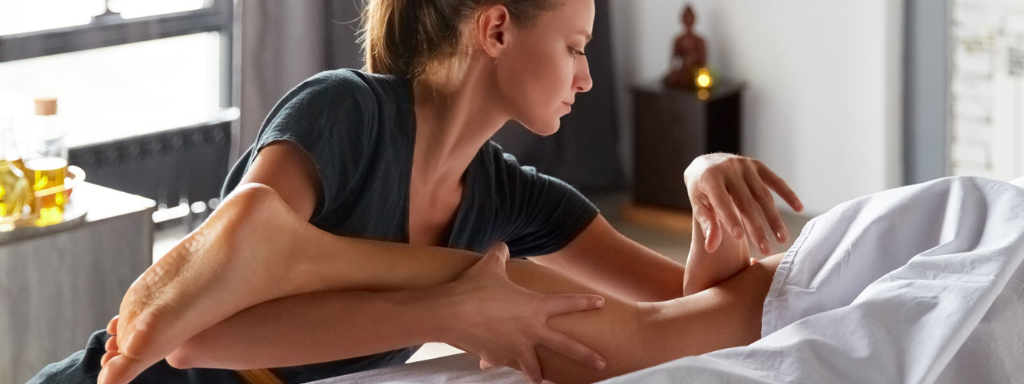
What is lomi lomi nui massage?
The word lomi lomi (pronounced loumi loumi) means “massage” or “massaging” in Hawaiian. There, on the Hawaiian Islands, this massage is traditionally practiced in several techniques that differ from those known in America in that they use the forearms systematically.
Lomi lomi nui (pronounced noui), which means “great massage”, is a well-known Western technique. It is characterised by fluid movements that mimic the flow of waves in the ocean. The manoeuvres are carried out mainly with the forearms, but also with the hands and elbows. The effects of this massage are profound, even transformational, in that they promote awareness and balance of body and mind.
A few words on the history of lomi lomi nui
Lomi Lomi Nui was originally practiced by Hawaiian master healers to eliminate the stress and worries of daily life and to restore the proper flow of energy (Mana) in the body through the four elements (air, earth, water and fire). Its teachings have been passed down from generation to generation on the various Hawaiian islands.
For Hawaiians, massage is cultural. It is therefore an integral part of their philosophy, the Huna. This worldview is based on the idea that by observing our surroundings, we can achieve harmony with ourselves and our environment, and thus find meaning in our own existence.
What are the benefits of lomi lomi nui?
In addition to bringing a sense of inner peace and serenity, Lomi Lomi Nui has many benefits that can be observed on a physical, psychological and emotional level, for example
- Improvement of blood and lymphatic circulation
- Relief of muscular tension
- Improved quality of sleep
- Reduction of stress and anxiety
- Relaxation
Contraindications
As with other massage techniques, there are certain contraindications to lomi lomi nui. Thus, the technique should be avoided in the following situations (list not exhaustive):
- Active infection
- Fever
- Open wound
- Recent scarring
- Apparent varicose vein
- Phlebitis
It should be noted that the massage therapist always collects information from the client before beginning the session. This information will be used, among other things, to identify any contraindications to the massage. In doing so, the massage therapist may refer the client to the appropriate medical resource or adjust the treatment accordingly to ensure safety.
Course of the session
A lomi lomi nui session generally takes place on a massage table. The recipient is stripped naked and placed under a sheet. The massage therapist works directly on the skin using a lightly heated massage oil (e.g. coconut or monoi oil).
It should be noted that to make the massage even more fluid, the massage therapist could use a minimalist drape, i.e. use the sheet to cover only the client’s private parts. In this case, it will be easier for the practitioner to apply long strokes on the body.
The massage can also be done on a lomi lomi cover (washable vinyl sheet), which allows the recipient to experience another dimension to the massage as the manoeuvres can be applied over and under the body simultaneously.
The massage therapist will begin the session by gathering information to assess the person’s general state of health, which will allow him/her to adapt the intervention. To do this, the therapist will ask the client to fill in a health questionnaire and will interview the client to determine his or her needs and to locate areas of tension. Depending on the client’s needs, the massage will be offered either therapeutically (pain relief) or for relaxation.
Throughout the treatment, the massage therapist will use various manoeuvres such as acupressure, stretching, rotation and kneading to relieve muscle tension and harmonize energy. The manoeuvres will be sometimes gentle, sometimes rhythmic, but always practised with fluidity and continuity.
A lomi lomi nui session usually lasts one to two hours depending on the reason for the consultation and the needs of the person.

